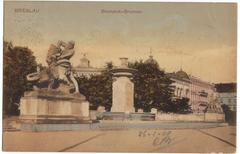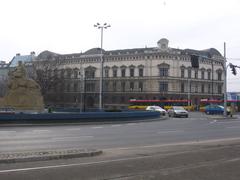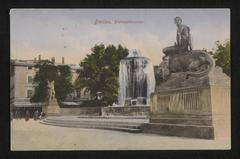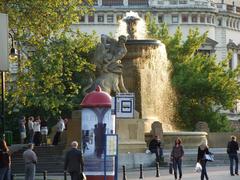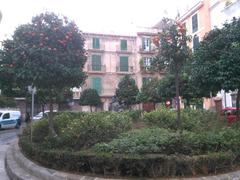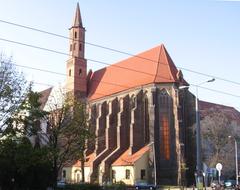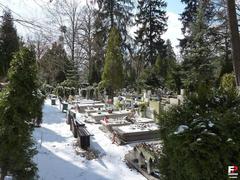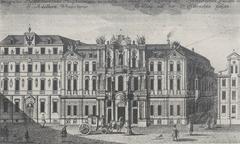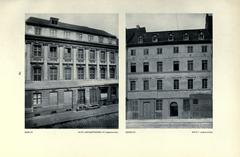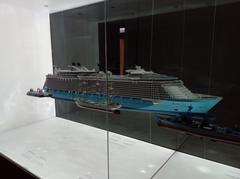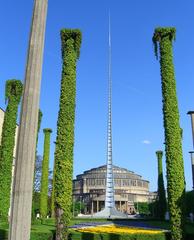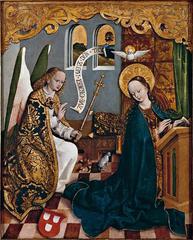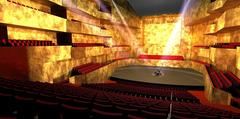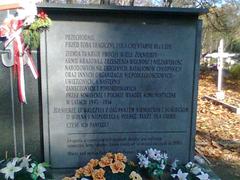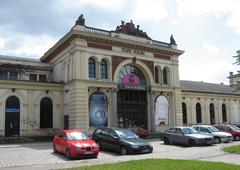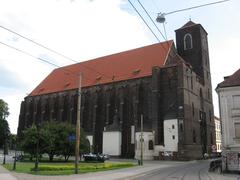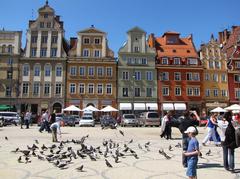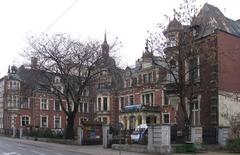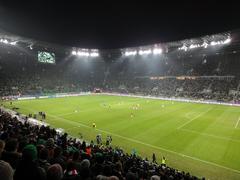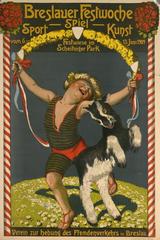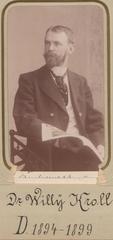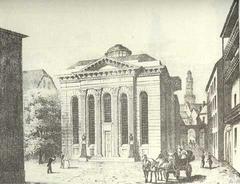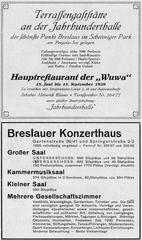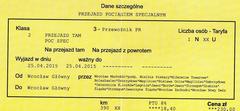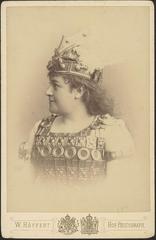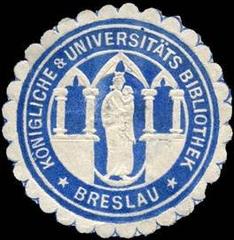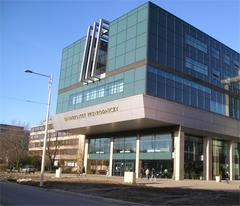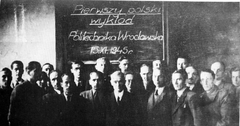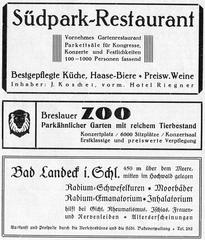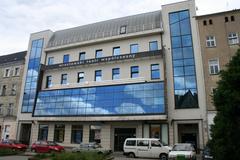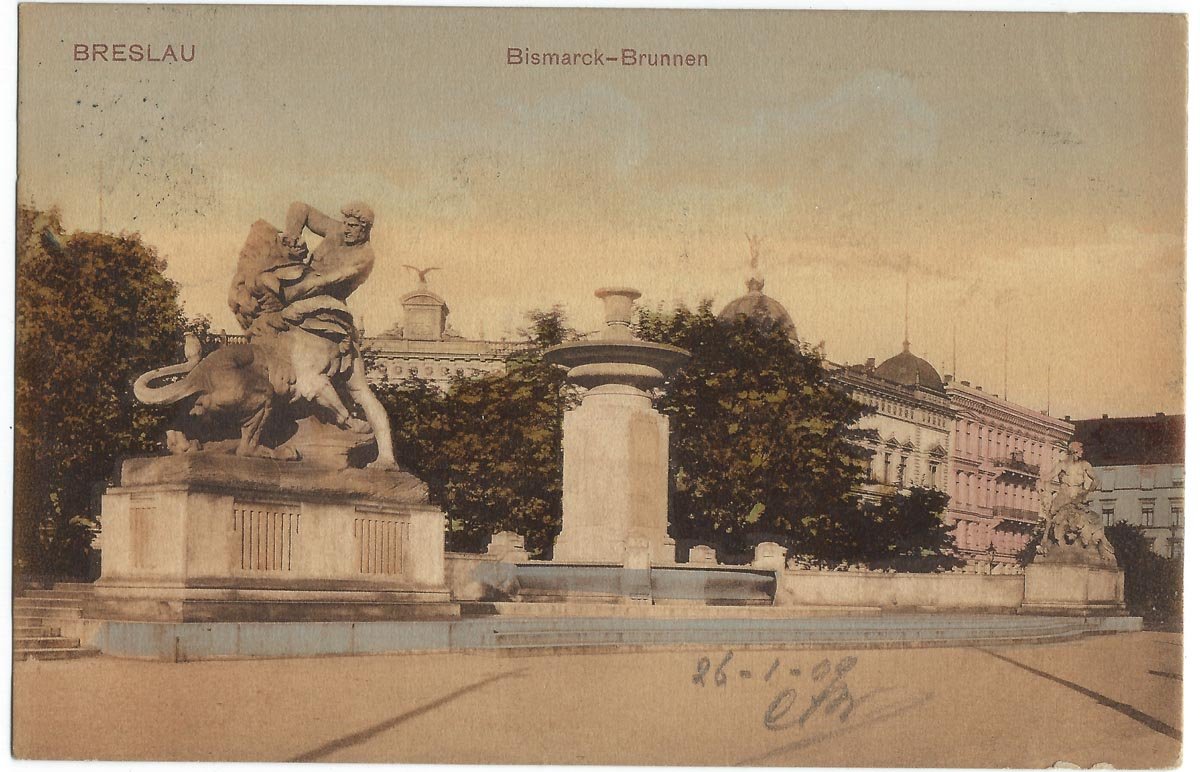
Comprehensive Guide to Visiting Fontanna Alegoria Walki i Zwycięstwa in Wrocław, Poland
Publication Date: 31/07/2024
Introduction
Discover the captivating Fontanna Alegoria Walki i Zwycięstwa, or the Fountain of the Allegory of Struggle and Victory, in Wrocław, Poland. This remarkable neo-Baroque monument, designed by architect Bernard Sehring and sculptor Ernst Seger, was constructed in 1905 and stands as a testament to the city’s rich cultural and historical heritage. Funded by the surplus budget allocated for the now non-existent Otto von Bismarck monument, the fountain also goes by the name Bismarck-Brunnen (Wikipedia).
The Fontanna Alegoria Walki i Zwycięstwa is not just a fountain; it’s a symbol of resilience and triumph. It features allegorical representations of struggle and victory through statues of Samson and a lion, embodying the dual nature of human endeavors. The fountain’s historical significance is further underscored by the damage it sustained during World War II and its subsequent restoration efforts in 1955 (Odtur).
Located at Plac Jana Pawła II along the Promenada Staromiejska, this fountain has evolved into a popular gathering spot for both locals and tourists. Its central location makes it easily accessible, and recent enhancements like modern lighting add to its allure, especially after dusk (Kocham Wrocław). Whether you’re a history enthusiast, an art lover, or simply looking for a beautiful spot to relax, this guide will provide you with all the information you need to make the most of your visit.
Table of Contents
Historical Background
Origins and Construction
The Fontanna Alegoria Walki i Zwycięstwa is a significant historical monument located in Wrocław, Poland. This neo-Baroque fountain was constructed in 1905, designed by architect Bernard Sehring and sculptor Ernst Seger. The fountain was commissioned by the committee responsible for the now non-existent Otto von Bismarck monument. Funds for the fountain were derived from the surplus budget allocated for the Bismarck monument, leading to it also being referred to as the Bismarck-Brunnen (Wikipedia).
Design and Symbolism
The fountain’s design features three primary elements: two statues and a central fountain. The statues, set on pedestals and connected to the fountain by arching arms, depict a young athlete, identified as Samson, and a lion. The eastern statue portrays Samson in combat with the lion, symbolizing struggle, while the western statue shows Samson seated triumphantly on the subdued lion, representing victory (Odtur).
The central fountain features a bowl-shaped basin crowned with a vase atop a pedestal. Water cascades from the vase into two concentric basins below, creating a visually striking cascading effect (Wikipedia).
Wartime Damage and Restoration
During World War II, the fountain sustained significant damage, with the statue representing victory notably decapitated. In 1955, the fountain underwent restoration to repair wartime damages as part of a broader effort to preserve Wrocław’s historical monuments (Odtur).
Relocation and Modern Enhancements
In 1970, the fountain was relocated a few meters south from its original position as part of urban development plans. The fountain’s current location is at Plac Jana Pawła II, along the Promenada Staromiejska, adjacent to the city’s moat (Kocham Wrocław).
In 1980, the Fontanna Alegoria Walki i Zwycięstwa was officially listed in the register of historical monuments, recognizing its cultural and historical significance. Recent enhancements include modern lighting, making it a captivating sight, especially after dusk (Odtur).
Cultural and Historical Significance
The Fontanna Alegoria Walki i Zwycięstwa stands as a testament to Wrocław’s rich historical and cultural heritage. Its creation reflects early 20th-century artistic trends, particularly the neo-Baroque style. The allegorical representations of struggle and victory resonate with broader historical themes, symbolizing resilience and triumph, especially poignant given the city’s tumultuous history during World War II and subsequent rebuilding efforts.
Visitor Information
Visiting Hours and Tickets
The Fontanna Alegoria Walki i Zwycięstwa is accessible to visitors 24/7, with no admission fee required. However, the best time to visit is during the evening when the modern lighting enhances the fountain’s visual appeal.
Accessibility and Nearby Attractions
The fountain’s location at Plac Jana Pawła II provides easy access to other historical and cultural attractions in Wrocław. Visitors can enjoy a leisurely stroll along the Promenada Staromiejska, taking in the sights and sounds of the city. Nearby attractions include the Wrocław Opera House, the National Museum, and the historic Market Square.
Special Events and Guided Tours
Occasionally, the fountain area hosts special events and performances, adding to its allure. Guided tours of Wrocław often include a visit to the fountain, providing historical context and interesting anecdotes.
Travel Tips
- Best Time to Visit: Evening hours for the illuminated display.
- Photography Tips: Capture the fountain from different angles to highlight the intricate details of the sculptures and the cascading water.
- Nearby Dining: Explore local cafes and restaurants around Plac Jana Pawła II for a delightful dining experience.
FAQ
- What are the visiting hours for Fontanna Alegoria Walki i Zwycięstwa? The fountain is accessible 24/7.
- How much do tickets cost for Fontanna Alegoria Walki i Zwycięstwa? There are no tickets required; it’s free to visit.
- Where is Fontanna Alegoria Walki i Zwycięstwa located? The fountain is located at Plac Jana Pawła II, along the Promenada Staromiejska in Wrocław.
Conclusion
The Fontanna Alegoria Walki i Zwycięstwa in Wrocław is more than just a historical monument; it is a living symbol of the city’s resilience and artistic heritage. Its intricate design, featuring allegorical depictions of struggle and victory, offers a profound reflection on the human condition and the historical events that have shaped Wrocław. The fountain’s restoration and modern enhancements underscore its enduring significance as a cultural landmark.
Accessible 24/7 and free to visit, the Fontanna Alegoria Walki i Zwycięstwa is conveniently located near other major attractions like the Wrocław Opera House, the National Museum, and the historic Market Square. Whether you’re visiting during the day or in the evening when the fountain is beautifully illuminated, it promises a memorable experience. For those interested in deeper historical context and local anecdotes, guided tours are available and often include the fountain in their itinerary (Odtur).
In summary, the Fontanna Alegoria Walki i Zwycięstwa is a must-visit landmark that encapsulates Wrocław’s rich history and cultural vibrancy. By following the tips and information provided in this guide, you can ensure a rewarding and enriching visit. For more travel tips and updates on Wrocław’s historical sites, consider downloading the Audiala app or following us on social media.
References
- Wikipedia (n.d.). Fontanna Alegoria Walki i Zwycięstwa. Retrieved from Wikipedia
- Odtur (n.d.). Wrocław: Fontanna Alegoria Walki i Zwycięstwa. Retrieved from Odtur
- Kocham Wrocław (n.d.). Wrocław’s fountains: extraordinary stories, curiosities, and important information. Retrieved from Kocham Wrocław
- Visit Wrocław (n.d.). Fontanna na Jana Pawła. Retrieved from visitwroclaw.eu
